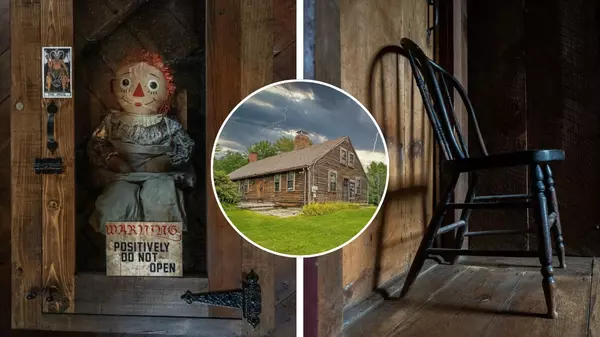A Nor’easter Will Target East Coast Homeowners This Weekend: How Coastal Homes Should Prepare
While Tropical Storm Jerry is brewing in the South Atlantic, just waiting to turn into a hurricane, a very different type of storm is forecast to slam into the East Coast this weekend.
Thankfully, it doesn’t look like you’ll need the snow boots, though.
Meteorologists are forecasting that a nor'easter will develop along the East Coast this weekend. With it will come heavy rain, strong winds, and the likelihood of coastal flooding from the Carolinas to the Northeastern Seaboard, according to the Weather Channel.
The long range forecast for the winter looks mild and dry; but early October looks like it’s going to be an active one, so homeowners should really start preparing.

The path of the storm
It’s early in the season, but the system developing this week along the East Coast fits the definition of a nor’easter to a T.
Characterized by strong, northeasterly winds, forecasters expect the current low pressure to gradually strengthen and more along the coast as early as tomorrow, with heavy rain along the Atlantic coast in Florida hitting Thursday, before spreading to parts of the Carolinas on Friday and traveling through the weekend up north, The Weather Channel reports.
But it won’t end there. Current forecasts see the storm hanging in and affecting the Tri-State and southern New England areas well into next Tuesday.
How to protect your home during a nor’easter
While no one can fully predict the impact of a storm, homeowners can take steps to ensure their home and family are safe during the worst of it.
First, make sure to adhere to all local government ordinances. If a state of emergency is declared in your area, make sure to stay off the roadways and prepare supplies well in advance.
As for ways to best protect your home, a few common checks can go a long way. For example, clearing your gutters and drains before heavy rain can help to avoid clogs.
“Drains are meant to direct water away from the home, so it is important to keep these areas clear of debris,” says Chris Counahan, president of LeafFilter.
He says if this step is skipped, water can damage the home’s foundation or lead to flooding inside and outside the home.
“It’s possible to do the upkeep yourself, but if too much debris gets down in the drain, it’s best to call in a professional to clean it out,” says Counahan.
You’ll also want to give your sump pump a once over. Sump pumps remove excess groundwater under a building to prevent it from entering your home. If you have a sump pump, make sure it's ready to run.
The same goes for you septic system.
“If there are any clogs or backups, the sudden addition of rainwater can cause sewage to back up into your home. It’s a good idea to schedule plumbing service for your septic tank before a storm if you notice strange odors, slow drains, or clogged toilets,” says Mike Mushinski, president of bluefrog Plumbing + Drain in Waco, TX.
Lastly, it’s a good idea to know where your main water valve is. Turning off the main water valve will help minimize damage to your home’s interior, should a pipe burst inside.
“During storm season, it can be important to know where your valve is, especially if you need to evacuate in a hurry,” says Mushinski. “If you remain in your home during the storm, keep the main water valve off and use bottled water frugally for cooking and drinking.”
Categories
Recent Posts










GET MORE INFORMATION

